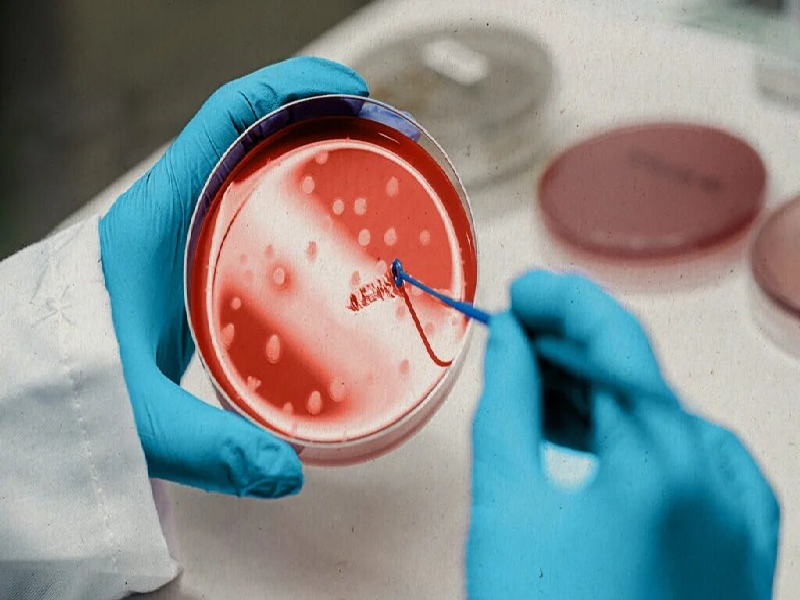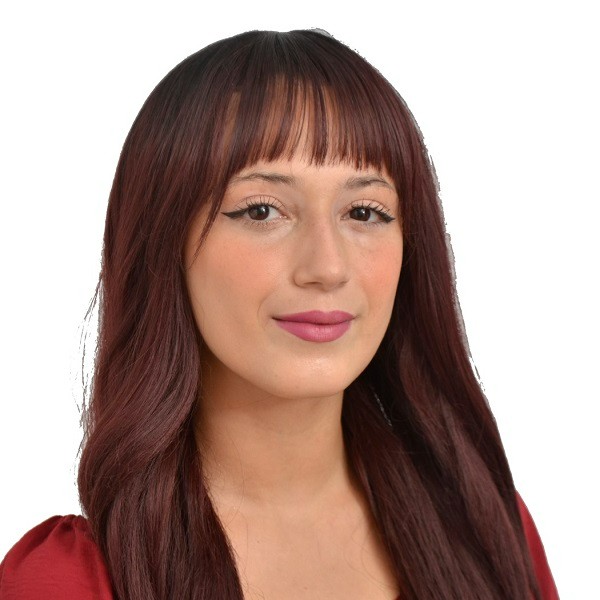Stem cell therapy, also known as cellular therapy, is a medical approach that aims to use stem cells to treat disease, regenerate damaged tissue or replace failing cells. This therapy relies on the ability of stem cells to differentiate into different cell types and release growth factors and molecules that promote healing and regeneration.
- Rejection
- Infection
- Tumor formation
- Inflammation
- Inadequate differentiation
- Between 20 and 30 minutes
Cost of aesthetic stem cell injection treatment in Turkey
In general, cosmetic stem cell treatments can be expensive due to the technology and specialized procedures involved. In Turkey, costs are relatively lower compared to some Western countries, but it will always depend on the clinic and the services offered.
Turquie Santé offers you the opportunity to be on the cutting edge of medical and cosmetic surgery at attractive prices! You can schedule a free consultation with our specialist and get a personalized quote!
Best Clinics with Verified Reviews

- Multispecialized hospital
- 7 operating rooms
- Capacity é of 170 beds

- Multispecialized hospital
- Hospital founded in 2007
- Very good reputation in ENT department
Types of stem cells
Stem cell therapy may involve the use of several sources of stem cells, including
- Embryonic stem cells (ESCs): Extracted from the embryo at an early stage of development, usually during the formation of the blastocyst, usually within five days of fertilization. They are pluripotent, meaning they have the potential to differentiate into any cell type in the human body.
- Adult stem cells: Present in various tissues and organs throughout life. They are generally multipotent and can differentiate into many specific cell types.
- Induced pluripotent stem cells (iPS): Genetically reprogrammed from adult cells, they return to a pluripotent state, similar to ESCs, and can differentiate into different cell types.
These different types of stem cells have specific properties and differentiation capabilities that make them useful for various therapeutic applications. However, it is important to note that each type of stem cell has advantages and limitations, and their use must be carefully studied and regulated to ensure their safety and efficacy.
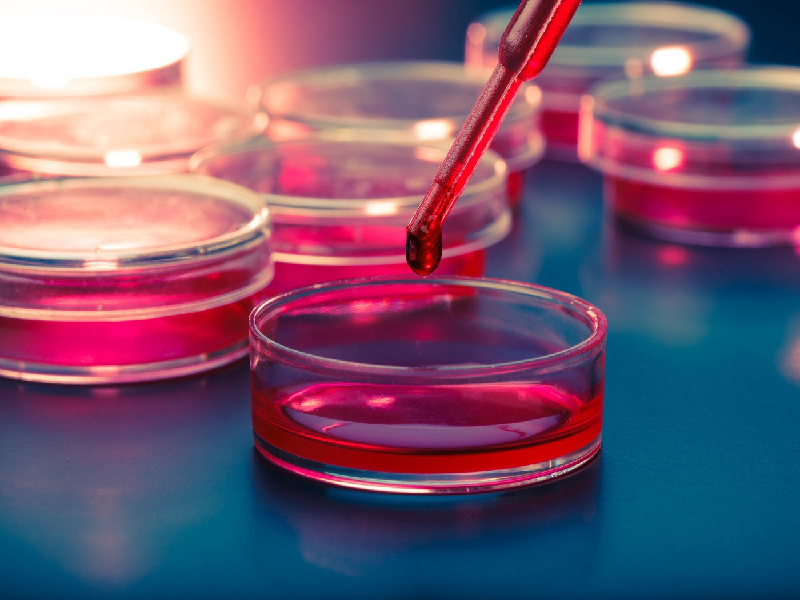
The different applications of stem cells injection in Turkey
In Turkey, stem cells are used in various applications, including
- Regenerative therapy: Stem cells are used to regenerate and repair damaged tissues or failing organs. This includes the treatment of heart disease, spinal cord injury, neurodegenerative diseases, autoimmune diseases, and other conditions.
- Aesthetic medicine: Stem cells are used in aesthetic medicine procedures for skin rejuvenation, wrinkle reduction, wound healing, and tissue regeneration. They are often combined with other aesthetic treatments, such as platelet-rich plasma (PRP),to achieve better results.
- Dentistry: Stem cells are used in dental applications, including bone regeneration for dental implants, periodontal tissue regeneration, and repair of dental lesions. They can help stimulate bone growth and promote healing after complex dental procedures.
- Treatment of hematologic diseases: Used in the treatment of blood disorders such as leukemia and immune system diseases. Hematopoietic stem cell transplants are used to replace defective blood cells with healthy stem cells.
- Scientific research: Stem cells are used in scientific research to study cell differentiation, developmental biology, genetic diseases, and other areas of medical research. Stem cell research contributes to a better understanding of cellular mechanisms and the identification of potential new therapies.
It is important to note that the use of stem cells in Turkey, as in many countries, is regulated to ensure patient safety and ethical standards. Stem cell treatments in Turkey are performed by qualified health professionals and by the regulations in place.

The advanced aesthetic treatment by stem cell
Stem cells are "mother" cells produced by bone marrow and can treat, repair and rebuild other cells.
Thus, this cosmetic treatment involves taking stem cells from one part of the body and injecting them into another part, such as the face or chest. Stem cells are non-specialized cells that evolve and develop into different types of specialized cells that play an important role in the treatment of scars, wrinkles, and skin aging.
Stem Cell Treatment begins with the extraction of a portion of fat (using liposuction). This amount of fat is analyzed in a laboratory to isolate, purify and condition the stem cells that will be injected later into specific areas of the body.
After disinfection and infiltration of a very small amount of local anesthetic at the retro-auricular level, a small piece of skin measuring 1 mm x 2 mm is removed. The fragment is then placed for one minute in the regeneration device, which allows for obtaining a special cell suspension. This is then injected through micro-needles into specific areas.
Thanks to the use of sophisticated and innovative tools in the best clinics in Istanbul, Turkey, the treatment is very fast: it takes 20 to 30 minutes, and then you can resume your daily activities.
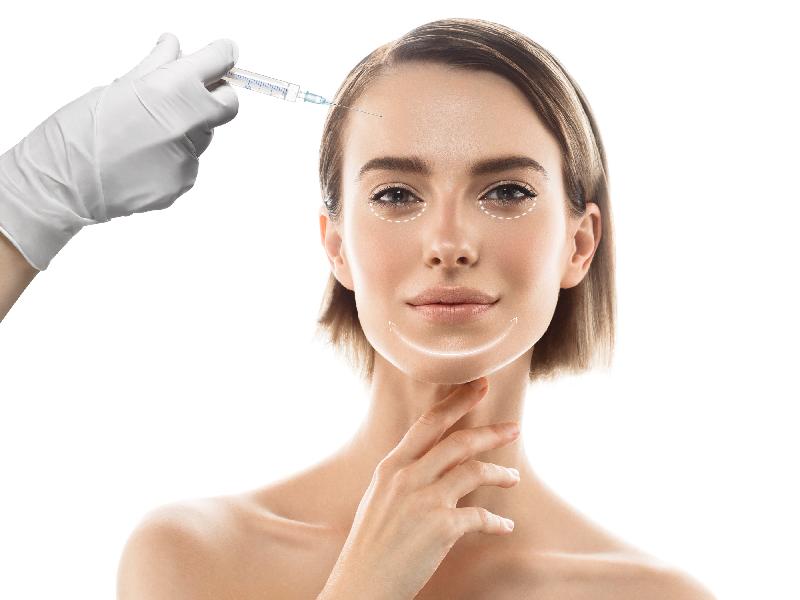
Benefits of this intervention
Stem cell injections in clinics in Istanbul Turkey can be applied on several parts of the body (eye area, mouth area, face, neck, back of hands…) without any danger.
This treatment reverses the phenomenon of skin aging by finding young and fresh cells again.
A single session is enough to find lasting results from 2 to 3 months after the treatment.
Stem cells also treat dark spots and delay the appearance of new signs of aging.
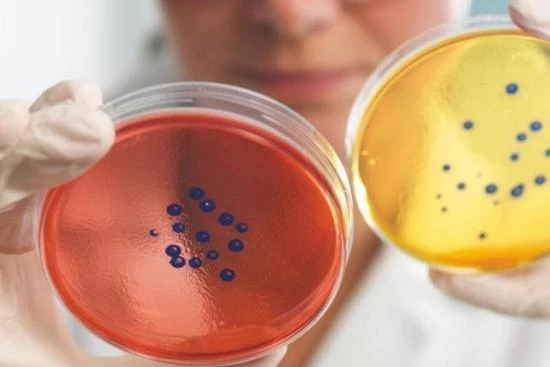
The new technique of facial rejuvenation in Turkey
Stem cells are the basic cells used to build our bodies and play a crucial role in the health and well-being of all of us, as they can intervene by repairing damaged tissues and replacing damaged cells.
The innovative regeneration technology allows pluripotent stem cells to be selected from very small connective tissue fragments taken from the patient himself.
These vital cells once reinserted into the patient's body, can release large amounts of BMP-2 (bone morphogenetic protein) and VEGF (vascular endothelial growth factor),i.e. growth factors that are essential for regeneration.
The stem cells obtained are also able to produce an extracellular connective tissue matrix (such as hyaluronic acid, collagen, and elastic fibers) and at the same time give life to neovasculogenesis and neoangiogenesis processes.
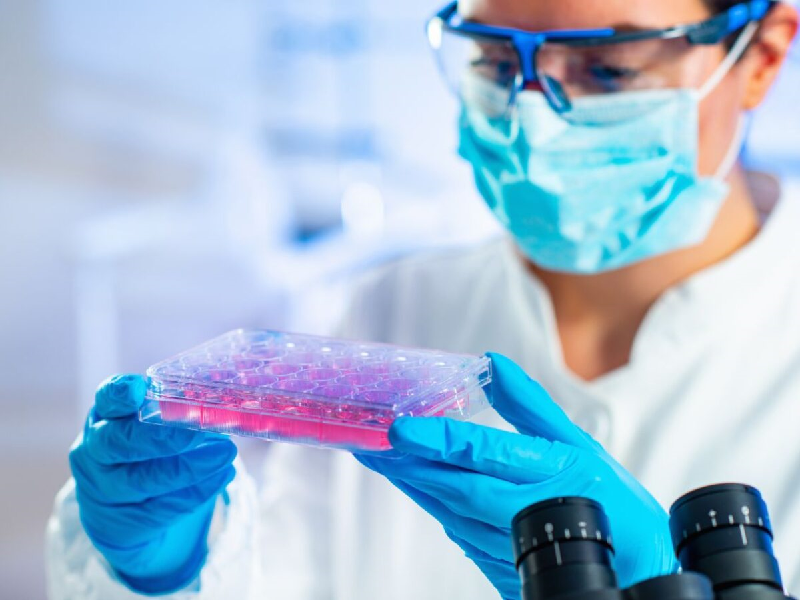
What are the differences with fillers (hyaluronic acid)?
The primary distinction lies in the time it takes for the substances to degrade: hyaluronic acid is a biodegradable material that is naturally absorbed by the body within a variable timeframe (typically ranging from 3 to 12 months),while fat has a significantly longer duration. However, the most significant and notable difference lies in the presence of stem cells and the regenerative effect of microlipofilling, which hyaluronic acid lacks. Hyaluronic acid only acts as a filler, whereas only stem cells have the ability to rejuvenate the entire face by replenishing and regenerating the skin.
Share this page
